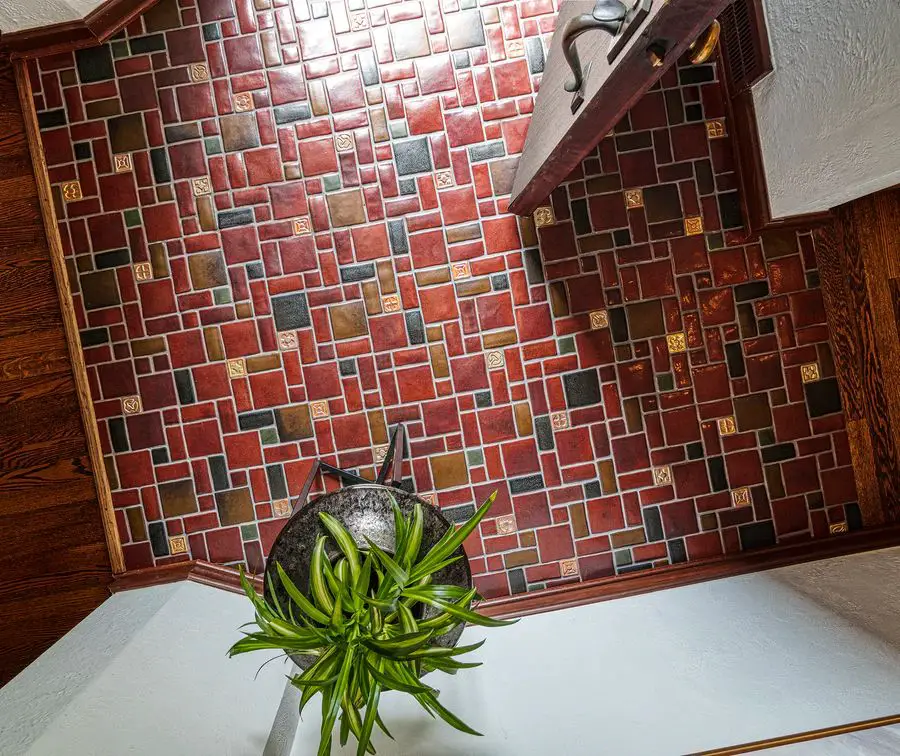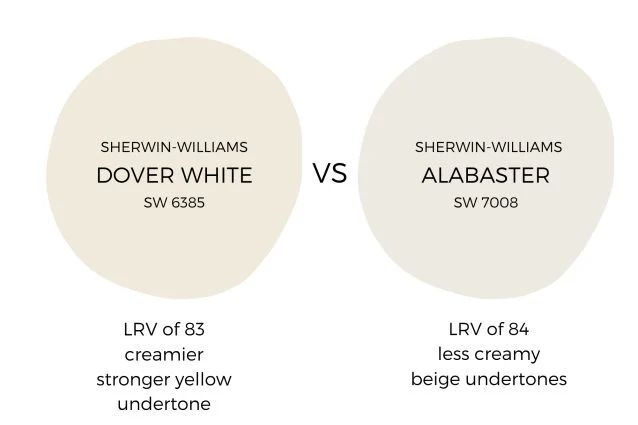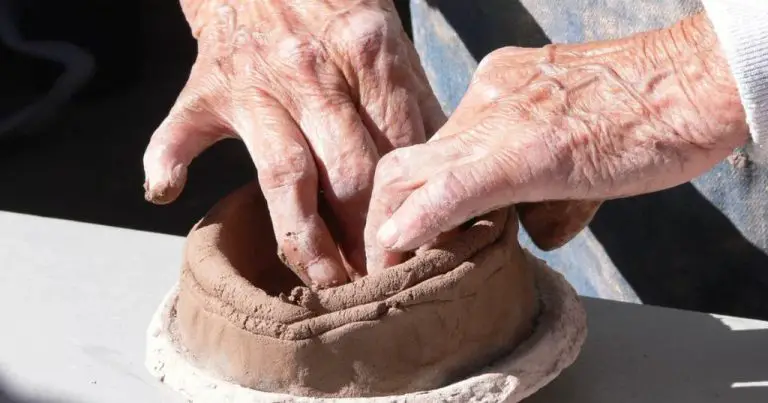What Is Special About Pewabic Pottery?
Pewabic Pottery is a historic ceramic studio located in Detroit, Michigan that has been in continuous operation for over 100 years. Founded in 1903 by Mary Chase Perry and Horace Caulkins, Pewabic Pottery was known for its unique iridescent glazes and handcrafted architectural tiles during the American Arts and Crafts movement (https://www.pewabic.org/pages/history). Over its long history, Pewabic Pottery has employed notable artists who have created custom architectural installations and pottery sold worldwide. Today, Pewabic continues its legacy in Detroit by producing ceramic art, offering classes, and operating a gallery and store.
Founding
Pewabic Pottery was founded in 1903 in Detroit, Michigan by artist and educator Mary Chase Perry Stratton and her business partner Horace James Caulkins Our History. Caulkins was a dental supplier and kiln manufacturer who helped finance and build Pewabic’s first pottery studio and provided technical expertise About. Mary Chase Perry Stratton had studied ceramics in New York and Europe and wanted to create a pottery studio focused on developing distinctly American designs and forms Pewabic Pottery.
Notable Artists
Some key artists associated with Pewabic Pottery over the years include:
Mary Chase Perry Stratton co-founded Pewabic in 1903 and was known for pioneering iridescent glazes. She served as an artistic director at Pewabic for over 30 years until her death in 1961 (Pewabic Pottery).
Horace Caulkins co-founded Pewabic with Mary Chase Perry Stratton in 1903. He focused more on the business side while she handled the artistic direction (Pewabic Pottery).
Clementine Hunter, a self-taught Louisiana folk artist, created vibrant decorative pieces at Pewabic in the late 1970s after being invited by gallery director Joel Oppenheimer (Independent Artists).
Toshiko Takaezu was a notable ceramic artist who created unique abstract sculptures at Pewabic in the mid-20th century (Pewabic Pottery).
Other acclaimed ceramic artists like Otto and Gerhardt Knuth, Waylande Gregory, and Maija Grotell also produced notable works at Pewabic over the decades (Pewabic Pottery).
Style and Techniques

Pewabic Pottery is known for its distinctive glazes and innovative designs that blend influences from the Arts and Crafts movement as well as Asian, Islamic, and Native American art. The pottery is made using labor-intensive techniques and methods that have remained largely unchanged since the early 20th century.
According to the Pewabic website, the pottery’s handmade tiles are crafted using the same techniques from the Arts and Crafts era, rejecting mass production in favor of artistry and craftsmanship. The clay bodies and distinctive glazes are all made in-house, with unique formulations that result in iridescent colors and textures.
Some hallmarks of Pewabic’s style include metallic lusters, bold geometric patterns, nature motifs, and a “crazed” crackle effect on many glazes. Designs often feature stylized plant forms, flowers, animals, and other natural elements. Pewabic is also known for its custom architectural installations, fireplace surrounds, and large-scale public murals, which blend hand-cut tile shapes with sculptural dimension.
According to https://www.pewabic.org/pages/tile, Pewabic aims to honor historic techniques while allowing for creativity and artistic expression. Each new generation of artists at Pewabic has found ways to build on tradition and innovate the revered Pewabic style.
Notable Commissions
Pewabic Pottery has created tile installations and artworks for many notable architectural commissions and design projects throughout its history. Some major examples include the following:
In 1913, Pewabic was commissioned to create art tile installations for the Cathedral Church of St. Paul in Detroit, which was designed by renowned architect Ralph Adams Cram in the Gothic Revival style. The cathedral features Pewabic tile friezes, murals, and accents throughout the interior and exterior (Pewabic’s Early Years).
During the 1920s, Pewabic tile was used extensively in Detroit public schools. Notable installations from this period include two 12-foot square map murals for Cass Technical High School, depicting the hemispheres of the Earth (Pewabic Stands the Test of Time).
In the 1950s and 60s, Pewabic tiles were incorporated into many Modernist buildings and public spaces, including creating over 300,000 tiles for the Alberta Abbey and Tower in Windsor, Ontario, designed by architect Arthur Erickson.
More recent commissions include tile mosaics for the Rosa Parks Transit Center in Detroit, mosaic medallions for Comerica Park, and custom art tiles for the MGM Grand Detroit Casino.
Preservation
Since its founding, Pewabic has made extraordinary efforts to preserve the legacy and traditional techniques of its pottery. In 1979, Pewabic was designated a National Historic Landmark, recognizing its significance in American craft history. True to its nonprofit mission, Pewabic continues to invest in preserving its historic studio and kilns, passing on craft skills through youth education programs, and making its archive of over 5,000 ceramic pieces accessible to the public.
Pewabic’s original gas-fired ceramic kilns from 1903 and 1917 are still in use today. Master potters carefully maintain the historic kilns and train apprentices in traditional firing methods. Works by Pewabic’s co-founders Mary Chase Perry Stratton and Horace Caulkins, as well as notable artists like Clementine Hunter, are preserved in Pewabic’s on-site archive. Digital records make these archived pieces available for viewing online through the Pewabic website.
You can also visit the Pewabic museum and browse the gift shop to see historic pottery on display. As a nonprofit, Pewabic relies on public support, donations, and memberships to fund the costs of historic preservation and education programs that keep Pewabic’s legacy alive.
Education
Pewabic Pottery has a long history of education in the ceramic arts. As early as 1907, Mary Chase Perry Stratton held classes at Pewabic Pottery to teach students the art of pottery and ceramic tile making. Over the years, Pewabic continued to offer a variety of classes and workshops focused on different techniques and topics related to ceramics. Today, Pewabic offers year-round classes for all levels of experience, from beginner to advanced. According to their website, Pewabic classes cover topics like handbuilding, wheel throwing, tile making, and special topics.
In addition to adult classes, Pewabic also provides educational programs for children and teens. Their youth programs allow students to explore clay and develop creative confidence. Pewabic also partners with local schools to bring ceramic arts education into the classroom through outreach programs. As described on their website, education has always been an important part of Pewabic’s mission since its founding in 1903. For over a century, Pewabic has continued to educate and inspire new generations of ceramic artists.
Store and Gallery
Today, Pewabic Pottery has an onsite store and gallery located at 10125 E Jefferson Ave, Detroit, MI 48214 (https://www.pewabic.org/pages/plan-your-visit). Visitors can explore the historic Pewabic story and ceramics collection in the museum galleries on the second floor. The first floor houses the retail store where handmade tiles, vessels, and gifts are available for purchase.
The store showcases a wide selection of Pewabic’s iconic glazes and designs across tiles, housewares, jewelry, books, and more (https://www.pewabic.org/pages/shop). Shoppers can find one-of-a-kind pieces made by Pewabic’s resident artists as well as productions runs of classic Pewabic designs. The store is a great place to bring home a handcrafted piece of Detroit history.
In addition to shopping, visitors can explore interactive clay exhibits, watch live demonstrations in the Pottery’s studios, and relax in the tranquil courtyard garden. Guided tours are also available daily. The Pewabic store and gallery provide a unique opportunity to experience the heritage and artistry of this iconic American pottery first-hand.
Influence
Pewabic Pottery has had a major influence on ceramic arts in the United States. Founded in 1903 by Mary Chase Perry and Horace Caulkins, Pewabic quickly gained acclaim for its unique iridescent glazes and simple, organic forms (Pewabic’s Early Years). The pottery’s early success helped spur the American Arts and Crafts movement and cement Detroit’s reputation as a center for fine arts and craftsmanship.
Over the decades, Pewabic pottery has been exhibited and collected widely across the country. Major commissions, like the ceramic installations at the National Shrine of the Little Flower basilica in Royal Oak, Michigan, have showcased Pewabic’s artistry to a national audience (Pewabic Pottery). The pottery’s unique glazes and designs went on to influence generations of ceramic artists. Even today, Pewabic remains an important part of the American Studio Pottery movement and serves as an inspiration to contemporary ceramicists.
Conclusion
Pewabic Pottery holds an important place in the history and culture of Detroit. Founded in 1903 by Mary Chase Perry Stratton and Horace Caulkins, it played a key role in the American Arts and Crafts movement. Through the years, it attracted notable artists like Clement Matthiewson, who took over after Stratton’s death and led the pottery to new artistic heights. Pewabic developed a distinctive style, known for its iridescent glazes and architectural tiles. The pottery has produced tiles that adorn notable buildings and landmarks across Michigan and beyond. While the pottery struggled financially at times, it has managed to survive and evolve thanks to preservation efforts. Today it continues to produce innovative pottery and teach classes, upholding Stratton’s mission to spread joy through beautiful craftsmanship. Pewabic Pottery embodies over a century of ceramic art history in Detroit, and remains dedicated to creating lasting beauty through clay.





